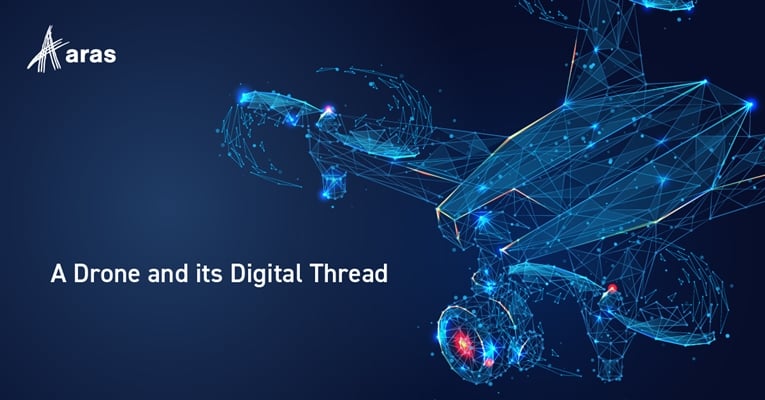AFRL Summer Program
The United States Air Force’s Air Force Research Laboratory (AFRL) and their innovation partner, The Wright Brothers Institute (WBI), joined forces this past summer to sponsor an internship program, The Summer of Innovation – Digital Drone. The idea for this program stemmed from the AFRL Aerospace Systems Directorate’s desire to develop a program that could be used to train the directorate’s engineers in one of the Air Force’s major digital transformation initiatives.
In just a few short weeks, WBI designed the curriculum, lined up industry partners, and rounded up a team of about 25 STEM students – ranging from high school to graduate level. The main objective of this immersive summer internship was for students to discover the power and challenges of digital engineering principles and techniques – and to document it in a way that would provide a roadmap for doing the same within actual engineering environments. The group was tasked to take an off-the-shelf drone, create a system model from the existing manufacturer’s documentation, and apply new requirements for it to perform a search and rescue mission. This task was chosen deliberately because it represents a common scenario in the defense industry—reuse and repurpose of an existing complex system that was designed awhile back.
A Hands-on Experience with PLM
This summer program provided the interns with digital project management and engineering tools to develop and manage a drone. In conjunction with our partner, Anautics, Aras Innovator was implemented as the core solution for the program. It was the underlying platform that managed data from multiple sources and provided configuration management, version control, and workflow. Students were given a unique, hands-on opportunity to explore the flexibility, adaptability, and other benefits that a PLM solution offers in product innovation, design, development, and management.
The unique open architecture of the Aras platform enables integration with authoring tools and enterprise systems. For this project, the team was able to easily integrate with Magic Draw, Atlassian, and SOLIDWORKS. Bringing data from different disciplines together delivers cross-disciplinary collaboration and change management, and provides a broad, cohesive view of product data. The Aras platform was built on open design principles ensuring that the IT ecosystem will function optimally, and that teams can collaborate across the entire product lifecycle.
Although this group was not able to do any real testing due to clearance requirements, they put together a successful demo showing how to pull on the drone’s digital thread. Whether it was recreating decision threads, highlighting which tools were used, showing what meetings were had, or showcasing what products were built, the purpose of the demo was to show how the team could pull on any one of those digital threads. Through integrated tools, the team had enough CAD data, configuration management data, and software data in one environment that they could demonstrate how a single change would affect the entire system. This was something that had been talked about before, but not demonstrated. After all the effort to reverse engineer a drone, it was a great success to demonstrate a digital thread in action.
Not only was Aras Innovator implemented as the core solution, but the group utilized the platform to develop training materials, documents, and videos that others can reference to understand the process. It is extremely valuable to have the ability to connect training materials and documents with the design data of the project because it enables an understanding of the bigger picture.
Developing the Workforce of the Future
While the ultimate goal of this summer program was to discover the power and challenges of digital engineering principles and techniques, this program was able to accomplish several things. First, it provided an amazing work opportunity for STEM students. These students were able to work on a project related to defense (which is oftentimes difficult), they were given hands-on exposure to a PLM solution which will help them transition to the professional workforce, and they were able to interact and build relationships with workers in the defense industry. Second, this project quickly closed the engineering gap. A group of STEM students were pulled together on a tight timeline to find a solution to an engineering problem in about four months. In a traditional contract setting, that could have taken anywhere from 18-24 months. Finally, this was an opportunity for the AFRL to begin recruiting the next generation of engineers to support next generation capabilities.
Although this was originally meant to be a summer program, it was so successful AFRL wants to keep it going and make it part of the curriculum at the Air Force Institute of Technology (AFIT). More details are to come, but we are excited to support in any way that we can!

